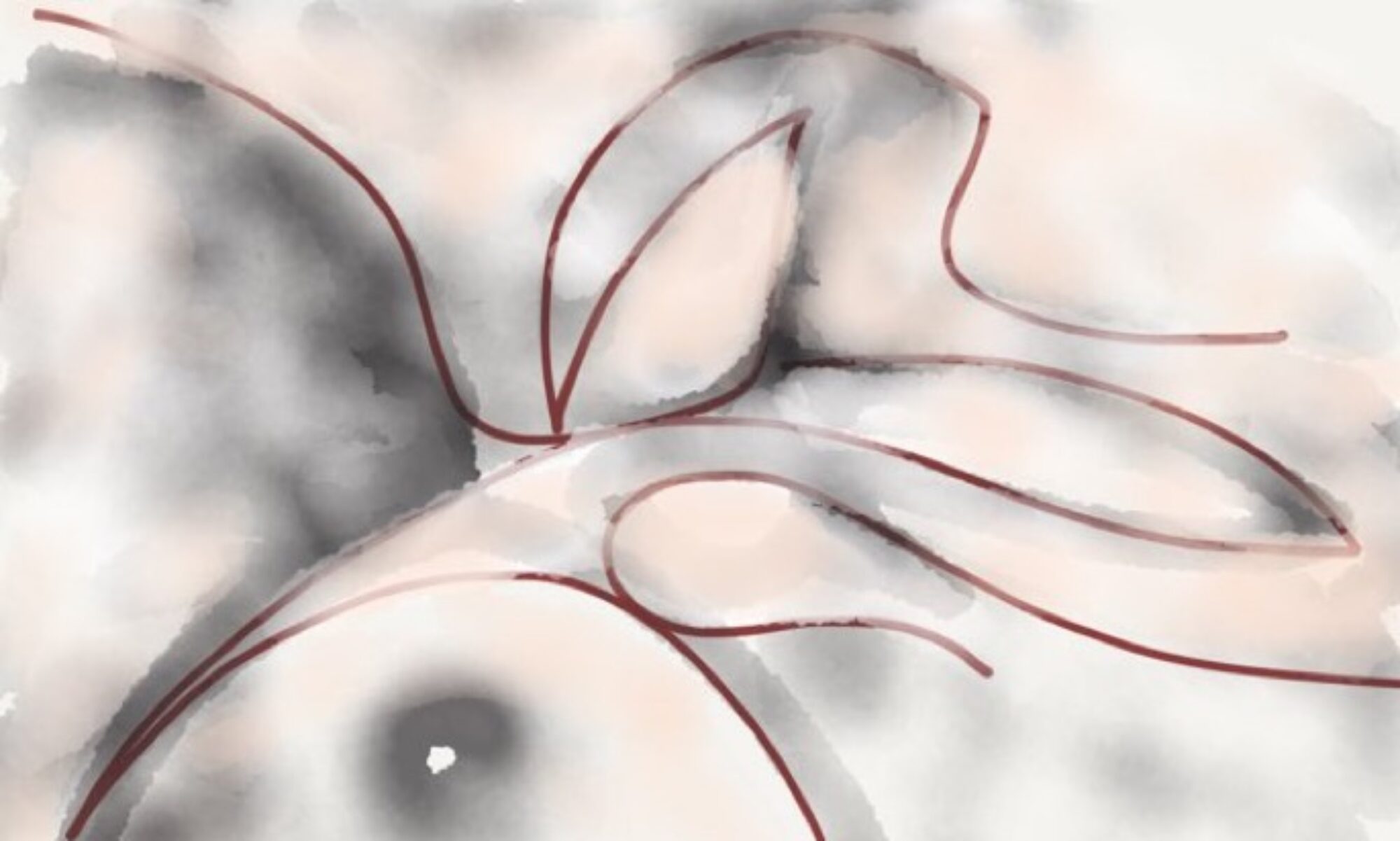Research for meeting unmet needs: Taxonomy of translational models
Anil gupta
2018
A very large number of high-tech labs in the country were set up to solve the unmet needs of the society but the pace at which solutions flow to society has been rather slow. Recently during foundation day lecture at one of such leading labs, we had a very open and self-critical discussion on the models of translational research.
Let us begin with four basic models: one, we make a readymade cloth and give it to the user, take it or leave it. The user has no choice except to use it as it is. Second: I give semi-stitched cloth to the users and they get it finally stitched accordingly to their needs to have final dresses. User have some choice to shape the final form of the solution. Third: I talk to users, understand their needs and then jointly design, weave and stich the cloth they need. A need driven collaborative design model. Fourth: I study the way users cope with the problems, identify the most successful or healthy users who have either not faced the problem or have resolved it through their own knowledge and creativity. I build upon it, add value and improve the effectiveness of local solution/s. To illustrate, Robert Abramovitch, a Michigan State University microbiologist and TB expert, recently found that a centuries old Chinese traditional medicine artemisinin helped in control of TB by not letting Tb bacterium become dormant (Otherwise, patients get a false sense of relief during dormancy making treatment longer and more difficult).
Each model has its own merit, and will work in specific conditions. But we have to develop contingent conditions under which one or the other model will work. There are other challenges in translational research in a culturally, ethnically and biologically diverse country like India. Given differences in food and lifestyle habits, the complementary conditions under which a given treatment works better or worse is often not studied. Huge data of tens of thousands of patients visiting many large hospitals daily in different hospitals has never been analysed. Obviously, we will never have contingent models till we start analysing big data urgently and make translation models more participative, open and networked with strong participation of social scientists.
Very rarely we study people who don’t suffer from a problem even when all conditions favouring the existence of problem prevail in the given situation. In any distribution, why focus on only one tail. If we study average decline in malnutrition exists among children, there could be several patterns in the distribution of decline, stagnancy and enhancement in some locations. Further, some areas may not have this problem either at all or may have at a very low level. The decline may be higher in areas where the initial level was low and lesser where the level was high. Each of this situation requires different public policy interventions with or without additional research.
But of policy makers are used to study only average trends, and have no time for granular analysis using data mining and analytic approaches, then lack of progress in these vital problems in not surprising.
Government has lately given added focus on AI, Data Mining and other such tools but if we don’t define user needs painstakingly, we will get answers we know already. Contextualising policy interventions and action research are the need of the hour. The Translational research needs impetus for linking R & D knowledge systems with community knowledge and survival systems.
p.s. in the context of NRF, these issues become even more important
